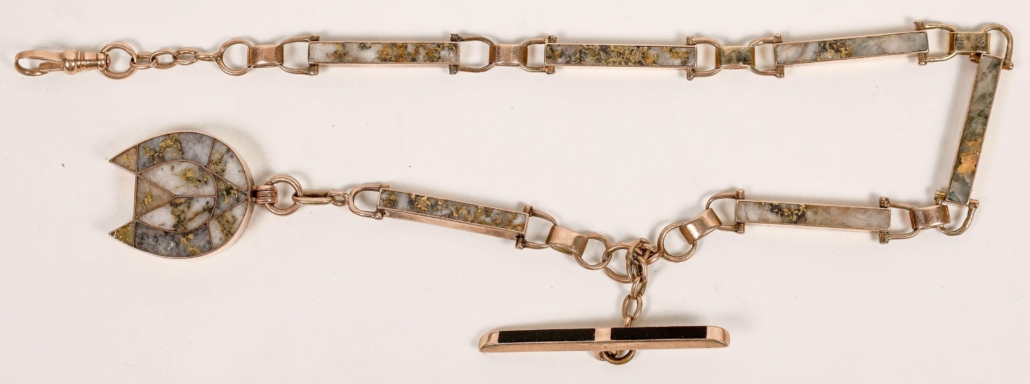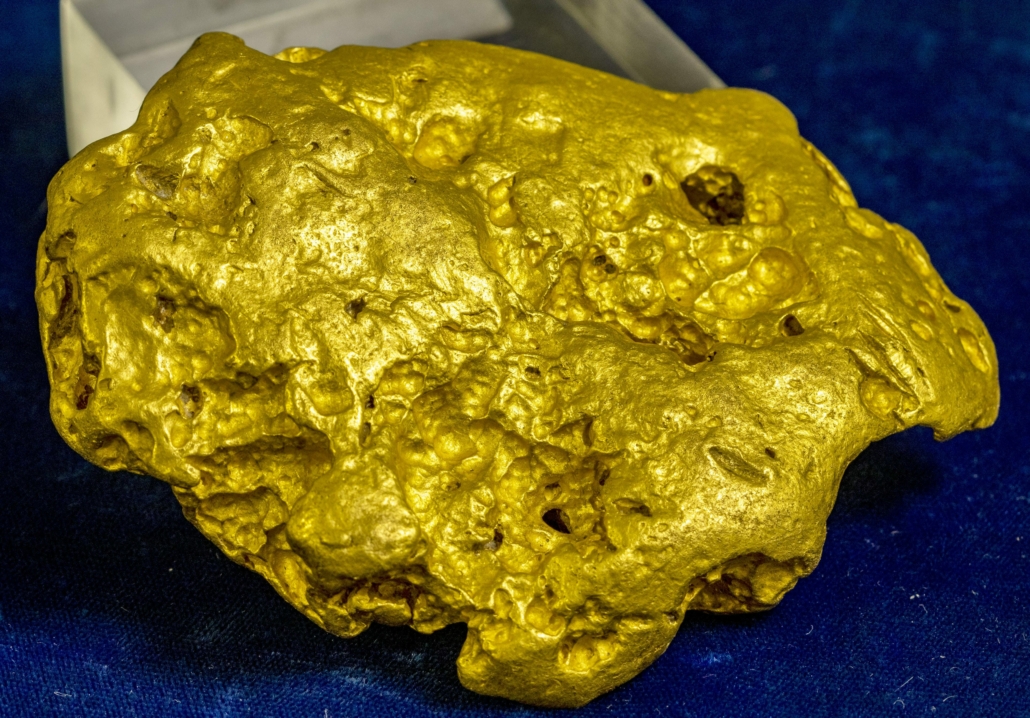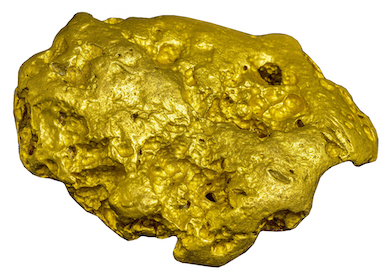
NEW YORK — The discovery of gold at Rabbit Creek in Canada’s Yukon Territory on August 16, 1896 rocked the continent. American prospector George Carmack filed the formal claim, and thus received much of the credit for the find, though the party included his First Nation companions Jim Mason, Dawson Charlie, and Kate Carmack (who were also, respectively, Carmack’s brother-in-law, nephew, and common-law wife). Rabbit Creek, which fed into the Klondike River, was renamed Bonanza Creek. Hundreds of thousands of men headed for the frigid extremes of the North American west, hoping to turn their dreams of gold into a reality, just like their fathers and grandfathers who flooded the West in 1848 after gold was found in what is now California.
This month and year marks the 125th anniversary of the start of the Klondike Gold Rush, a pivotal part of North American history. Collectors still clamor for objects and artifacts that represent the time and tell its story.
Few of the so-called “stampeders” — those who flooded into California and the wilds of Alaska and the Yukon — found gold. Upon arriving and seeing how difficult conditions were, many immediately went home or, worse, died from the effects of the harsh climate and the arduous treks required to reach the treasure sites. One notorious path, the White Horse Pass, was often impassable in spring due to mud. So many pack-laden horses died trying to surmount it that it was dubbed “Dead Horse Trail.”
Fred Holabird, co-founder of Holabird Western Americana Collections in Reno, Nevada, said objects and ephemera associated with the Klondike Gold Rush, as well as California Gold Rush, hold enduring appeal to those who fantasize about leaving their mundane lives behind to seek adventure and riches in the wilderness.
“The California Gold Rush set the standard … and the new Wild West was Alaska, so when gold was found in massive amounts in Alaska in the 1890s, there was a rush there, and that involved people from around the world and different cultures who were looking for instant wealth,” he said.

Fascination with the Klondike Gold Rush was rampant at the time, and people back East who were eager to know what it was like had to settle for photos and letters that stampeders sent back home. The fascination remains. Author James Michener wrote a book, Alaska, in 1988 about the American side of the gold rush, and subsequently wrote a book from the Canadian side, Journey. A 2020 movie based on the Jack London book The Call of the Wild ably details the hardships men faced in trying to get the remote town of Dawson in the Yukon.
Holabird sees steady demand for gold rush items, particularly those that reflect the realities of the stampeders. “When a guy might leave his family to seek his fortune in a place like Alaska, he doesn’t intend on staying there the rest of his life. He intends to mine enough gold to get him ahead in life and go back home,” he said. “He is going to bring back trinkets of some kind. What are they? Is it going to be a gold watch from a local jeweler? Is it going to be a gold quartz watch chain made from the ore deposits in Alaska?”

Mining stock certificates are also popular simply because a lot of them have fun vignettes that reflect what mining looked like in the hinterlands of North America. They also display the geographic names of the places where the mines were, which meant something to the men and their descendants, Holabird said.

The trinkets miners were most likely to bring home to their families after “striking it rich” were jewelry and things made of gold, such as a California Gold Rush gold quartz watch chain that sold for $7,250 plus the buyer’s premium in February 2021 at Holabird Western Americana Collections. “The horseshoe motif was a popular mid-19th-century pattern, signifying good luck. The owners of these expensive watch chains were often mining men who had exactly that — good luck,” Holabird said. They typically were made by local jewelers, and few are inscribed with makers’ marks. The piece shown above, boasting clear quartz and bright gold, is likely from Sonora, a town in California that lies in an area dubbed the Mother Lode for its string of gold deposits.
“The most desirable Gold Rush antiquities are photographic images from the time period, specifically tintypes and daguerreotypes for the California rush, and cabinet cards (and similar) for the Klondike era,” said Brian Lebel of Brian Lebel’s Old West Events in Santa Fe, New Mexico.

Gold nuggets are, of course, desirable, but it’s difficult to prove the date and origin of nuggets unless they are accompanied by some sort of provenance, or are part of authentic period watch fobs and chains, Lebel said. Gold quartz pieces of the era also have value, but again, a solid provenance is necessary to confirm authenticity.
The gold rushes that took place in Sutter’s Mill in California in 1848 and in a chilly Alaska river almost 50 years later played key roles in developing the West, and in particular, California, which was pushed to statehood relatively quickly thanks to its gold rush. Memorabilia from this era is of lasting interest. “Broadsides and lithography from the era are very scarce and highly desirable,” Lebel said. “Also, pieces pertaining to famous individuals, such as Wyatt Earp from his Alaska gold rush days, are equally rare and important.”

“The market itself is great for higher-end, authenticated material such as images and gold pieces,” Lebel said. “The market for more utilitarian items such as mining tools and collectibles is not as strong as it once was, though there are collectors who specialize in these pieces who are always willing to pay good prices for rare and authentic material.”
# # #


